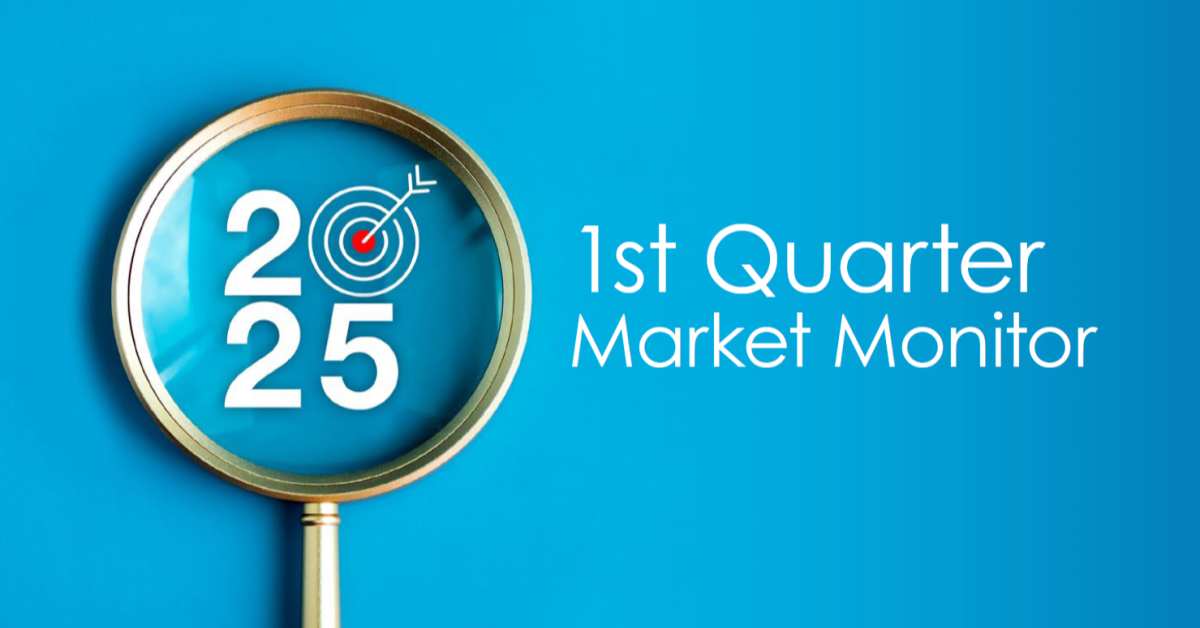Jan 2022
Last year (2021) was supposed to be the year of recovery, but the emergence of Covid “variants” (delta and omicron) made the recovery lumpy and uneven. Overall, the economy still grew nicely, but the pace of jobs growth varied widely, and the labor force participation rate remained low. Total nonfarm payrolls remain more than 4 million below pre-pandemic levels. Those lost jobs aren’t coming back as quickly due to the fact that 2.5 million people are still hesitant to re-enter the workforce (Covid concerns) and another 3 million have decided to just retire early (the “Great Resignation”). This means there are a huge number of job openings right now.
The consumer is still in good shape, having come out of the pandemic with record high savings levels. Household debt was paid down meaningfully, leaving consumers’ personal balance sheets healthy. And with real estate values and the stock market at all-time highs, the wealth effect is bolstering consumer confidence. These all bode well for the economy in the near-term, but we know how quickly things can change. So we will continue to monitor things like the Leading Economic Indicators index and the consumer’s future expectations index for inflections.

The big conundrum of the day remains inflation, which is a concern for the economy, the bond market, and the stock market. The Fed has abandoned their “transitory” language, after inflation proved stickier than they first projected. But there is a good chance inflation headlines will start peaking very soon and start easing back. Soon the year-over/year comparisons by which inflation is measured (“base effects”) will no longer be compared to the low figures from 2020 (lockdowns), but rather to the stronger figures from 2021. Additionally, the prices paid component of the Institute of Supply Management’s is declining – usually a good leading indicator.
The Fed has already sounded a more hawkish tone, meaning they seem intent on raising rates multiple times, ending their asset purchases (QE), and also shrinking their bloated balance sheet. Currently, they are set to end their asset purchases around March and could start hiking interest rates right around that time. The balance sheet reduction likely won’t commence immediately. Normally, with inflation running hot and the Fed sounding hawkish and intent on raising rates, the 10-year Treasury yield would be moving meaningfully higher. Although the 10-year yield has recently moved higher, it is still below the highs seen last Spring.
We still think there is room this year for the 10-year yield to get above the stubborn 2.0% level, but some investors are wondering why it isn’t already higher than that? Could it be that the bond market is already worried about the Fed tightening too much and hurting the economy? Could be, but that is a tough question to answer today. If the Fed is slow and methodical with its hikes, the economy and the markets should be able to handle them in stride.

As for the stock market, last year was a very solid year – if you were invested in the mega-cap stocks. The largest companies dominate the indexes like the S&P 500, so they led the index higher. But under the surface it was much tougher sledding, especially for the high valuation stocks that had performed best during the pandemic (think: Zoom Video, Peleton, etc). Those stocks were actually down big in 2021. Next year, the stock market will be focused on how fast and by how much the Fed hikes interest rates as well as the slowdown in corporate profit growth from last year’s strong pace.
Last year was one marked by very low volatility in the stock market. Pullbacks for the large-cap indexes were basically shallow and short-lived. But history shows that in years when the Fed is tapering asset purchases and raising rates (i.e- tightening monetary policy), volatility can pickup in a meaningful way. That means the prospect for a 10% correction in 2022 – something we haven’t seen in many months – is quite high. It doesn’t mean the bull market is over, although for investors that have been lulled into a sense of complacency by the lack of volatility—it might feel like it.
Jordan L. Kahn, CFA Chief Investment Officer
Sources: Stockcharts.com; Seeking Alpha; Raymond James; Briefing.com; Standard & Poors; Barron’s; Charles Schwab; CNBC.com
*This Market Monitor is provided for informational purposes only and should not be interpreted as investment advice.



